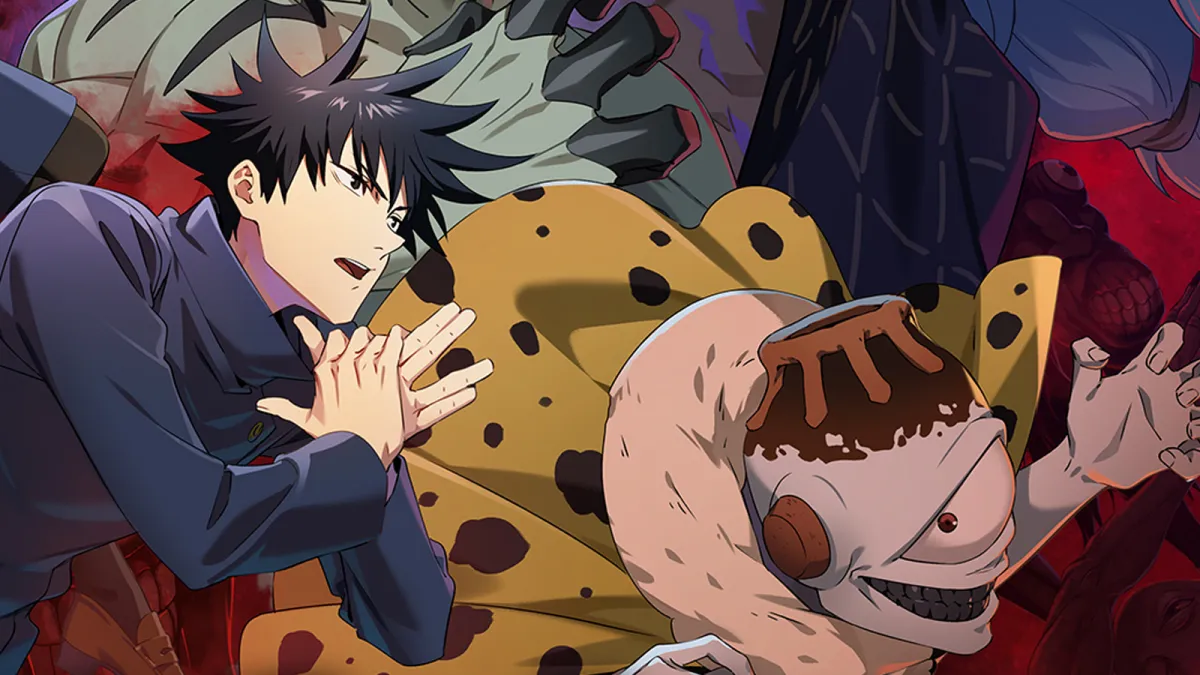From the titles and roles of its employees to the credit scroll at the end, the game industry has aped the movie business from its inception. Each new advancement in technology has created room for new imitations. Gameplay and fun have given way to storytelling and mood. Games are no longer just made to be fun, but to be experienced.
Instead of creating new and interesting concepts, the arms-race between Sony and Microsoft has culminated in the creation of a “New Hollywood.” As the cost of creating games rises and the fascination with Hollywood increases, the risk of creating original intellectual property wanes in favor of regurgitating established brands such Madden or an old-time favorite of the industry: the movie tie-in. Recently, publishers have begun searching even further into the Hollywood catalogue for established ideas and IP. Scarface, a videogame remake of the Brian De Palma film from the early ’80s, was released earlier this year and just announced sales of more than a million units.
One exciting ability of next-generation consoles is the ability to create realistic human characters with real emotions. Certainly, exploring emotion isn’t a bad thing, but when it is one of a game’s main features, you can bet there hasn’t been much focus on actual gameplay. There are only so many hours in a programmer’s week, after all.
As console developers continue their Holy Grail quest for realism and virtual movies, where does that leave the actual games? The truth is, gamers are going to have to go elsewhere to get their gaming satisfaction. Graphical realism and movie tie-ins are in. Fun and gameplay are out. While New Hollywood creates interactive movies and creepy-real Tiger Woods, gameplay continues to exist on a much smaller scale. Handheld games, once the Sandra Bernhardt of the industry, have taken the gaming flag and gamers are flocking to it.
Overlooked in the post-launch hubbub, a recent article by James Surowiecki of The New Yorker delivered some promising news regarding the state of gaming. While Sony and Microsoft engaged in a modern caveman fight for supremacy of your living room and market share, Nintendo quietly became the only company out of the three to achieve profitability. And it’s not even close.
Nintendo’s success can be attributed to the fact that they have stated a desire to stay within their competency: videogames. When the DS first launched in the U.S., it was met with overwhelming skepticism. It was an underpowered machine with a gimmicky premise. Third-party publishers dismissed it at first and swore allegiance to the upcoming Sony PSP, a more-powerful, sleeker device that promised to deliver console realism in a handheld.
But a funny thing happened: The mass market discovered the joy of puppy love. Nintendogs, a game where you adopt and play with a virtual puppy, became a smash hit, helping the DS top 27 million units worldwide. Nintendo followed up the success of Nintendogs with Mario Kart DS and New Super Mario Brothers. All achieved remarkable success, critically and financially. The DS was the console to own, and it showed everyone that gameplay mattered more than graphics and realism. Just like that, fun was back.
While the DS has taken off into orbit, the PSP has been a bit of a disappointment for Sony and the third-party publishers that supported it. Trumpeted as the future of handheld gaming at launch, the PSP quickly gained the status of expensive paperweight to many gamers due to a paucity of attractive titles. Most of the PSP’s catalogue were ports of games that could be found on the PlayStation 2. Original titles were few and far between. With a collective yawn, gamers voted with their wallets and put the PSP in a distant second behind the DS.
However, after seeing the success of original titles on the DS, Sony and PSP developers have realized that the market is in demand of original games. New, quirky titles such as Locoroco, Work Time Fun and Hot PXL have made or are making their way to the PSP. Once the bastion of console ports and ill-suited shooters, it is now becoming the home to creativity and uniqueness.
On an even smaller scale, companies like Digital Chocolate and Gameloft offer some unique and fun titles for the cell phone. Limited graphically, these companies get by on ingenuity to create games on the go. Despite being littered with low-quality ports and Tetris clones, the mobile industry is budding with optimism and has a bright future.
While the big kings of industry fight their console wars at the expense of fun, the mobile and portable field is taking gaming to new and exciting places, either by way of new input medium or by returning to tried and true low-tech methods of game design. One has to wonder how much market share they’re going to have to take (mobile gaming is the fastest growing sector in the game industry) before everyone else starts listening.
John Scott is a contributor to The Escapist.

